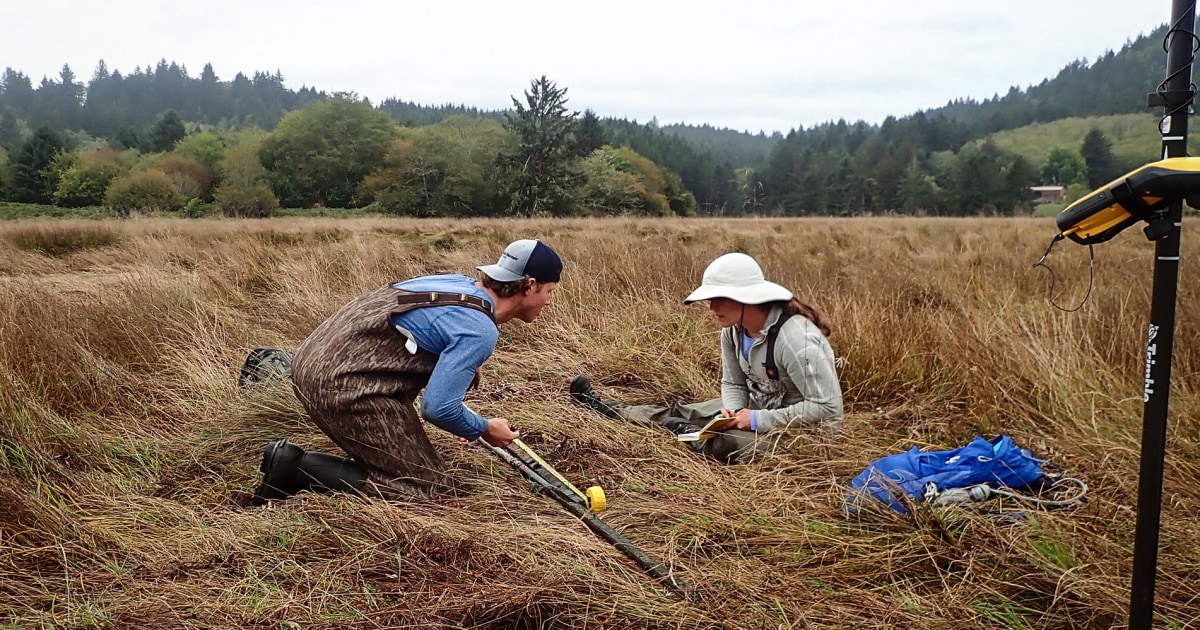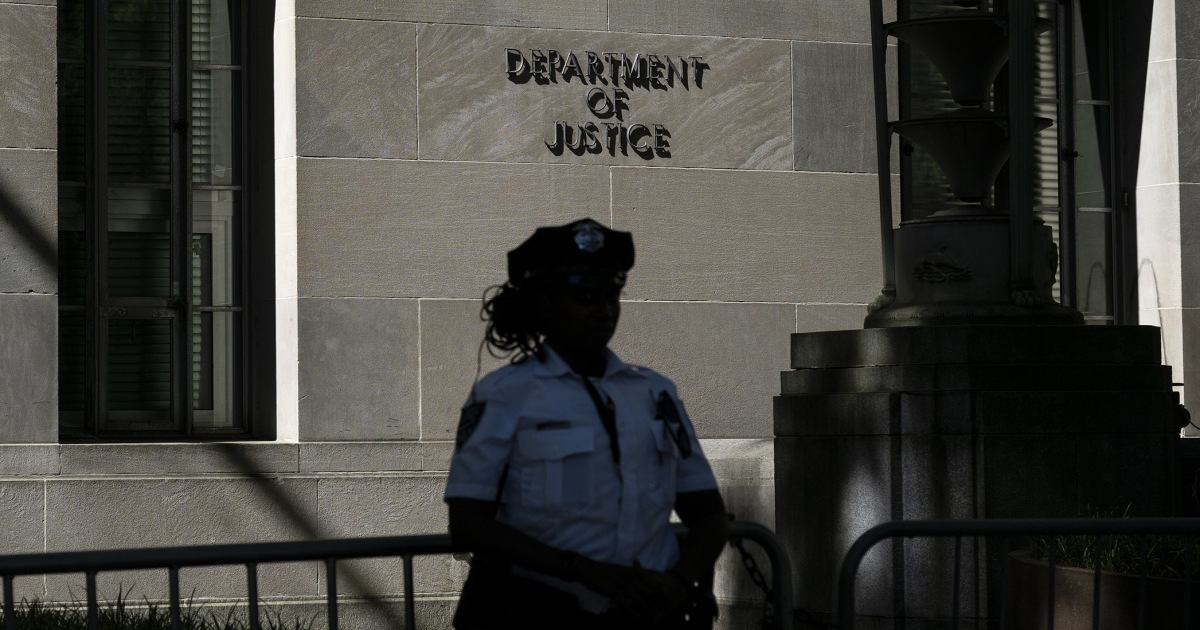California is poised to pass the state’s first regulations to protect indoor workers from extreme heat — a policy that could be implemented later this summer.
A standards board at the California Division of Occupational Safety and Health (Cal/OSHA) voted unanimously on Thursday to approve the new workplace rules. That sends them on to the state's Office of Administrative Law for what is expected to be an expedited final approval, which means the standards could go into effect by early August.
The heat rule was initially expected to be implemented in 2019 but faced five years of delays. When it becomes law, the policy will protect around 1.4 million warehouse workers, restaurant employees, people with manufacturing jobs and others who labor indoors from dangerously hot working conditions.
The regulations will require employers to monitor workers for heat-related illness and provide them water, breaks and cool areas when indoor temperatures hit 82 degrees Fahrenheit. If conditions reach 87 degrees, employers will need take further action, such as implementing more frequent breaks, adjusting schedules, slowing the pace of work or providing cooling devices.
Once those rules are in effect, California will join Oregon and Minnesota as the only states with policies protecting indoor workers from heat exposure. California in 2006 passed heat standards for outdoor workers, including those in agriculture and construction.
Meanwhile, in Texas and Florida, recent state laws have eroded workplace protections against extreme heat by barring cities and counties from issuing local regulations to protect outdoor workers, such as requirements for mandatory water breaks or time in the shade.
Labor advocacy groups have been pushing for heat workplace standards on a national level for indoor and outdoor workers, but the federal Occupational Health and Safety Administration has not yet adopted any such rules.
Advocates say regulations like California's are needed more urgently than ever, as climate change makes heat waves more frequent and intense.
“This is a huge thing,” said AnaStacia Nicol Wright, a policy manager at WorkSafe, a nonprofit worker advocacy organization based in Oakland, California. “Workers need these protections as soon as possible.”
The state's new requirements won’t protect all indoor workers there, however: Officers at state and local correctional facilities, as well as other prison employees, are excluded for the time being. In March, Gov. Gavin Newsom’s administration took issue with how much it would cost to get California’s Department of Corrections and Rehabilitation in compliance, so the standards were amended to carve out the state prison system.
Some worker advocacy groups think the temperature thresholds set in California's policy are still too high.
“Heat illness risk is a function of both temperature and humidity, but also very much physical exertion,” said Tim Shadix, legal director at the Warehouse Worker Resource Center, an advocacy group based in Ontario, California. “If you’re a warehouse worker and you’re lifting heavy boxes on an 8- or 10-hour shift, there could be a danger of heat illness even in the upper 70s.”
Shadix added that he hopes California’s regulations prompt other parts of the country to adopt similar rules.
“The problem is only getting worse as climate change increases our summer temperatures, so it’s very important to see progress and have more models to inspire other states to follow suit,” he said. “And I think it provides momentum at the federal level, which we really need, because we have to make sure workers across the country are protected.”
Heat kills more people in the United States every year than any other extreme weather event. In 2022, there were 43 recorded workplace deaths due to exposure to environmental heat, up from 36 in 2021, according to the U.S. Bureau of Labor Statistics.
Robert Moutrie, a senior policy advocate with the California Chamber of Commerce, said employers there are "shifting into compliance mode," but added that certain industries, such as restaurants, will shoulder a heavy burden because kitchens are inherently hot, confined spaces.
Moutrie also said small businesses, in particular, have voiced concerns about how to best implement the rules if they take effect in just a couple of months.
“That’s not a lot of time to change your internal practices, train up your staff, talk to your attorneys about it,” he said. “All those things take time and resources.”
As for workers in California's jails and prisons, Cal/OSHA said in a statement that it plans to “move forward with proposing an industry specific regulation for local and state correctional facilities, taking into account the unique operational realities of these worksites.” It did not provide a specific timeline, however.
Wright expressed disappointment about the tens of thousands of prison employees excluded from the regulations.
“It’s a gigantic chunk of the workforce,” she said. “But heat is an issue for workers and nonworkers. A lot of prisons don’t have central A/C, so if they were forced to do certain things to ensure that temperatures were safe for workers inside prisons, that would also benefit incarcerated persons as well.”
Denise Chow is a reporter for NBC News Science focused on general science and climate change.

 1 year ago
1 year ago
 (200 x 200 px).png)








 English (US) ·
English (US) ·